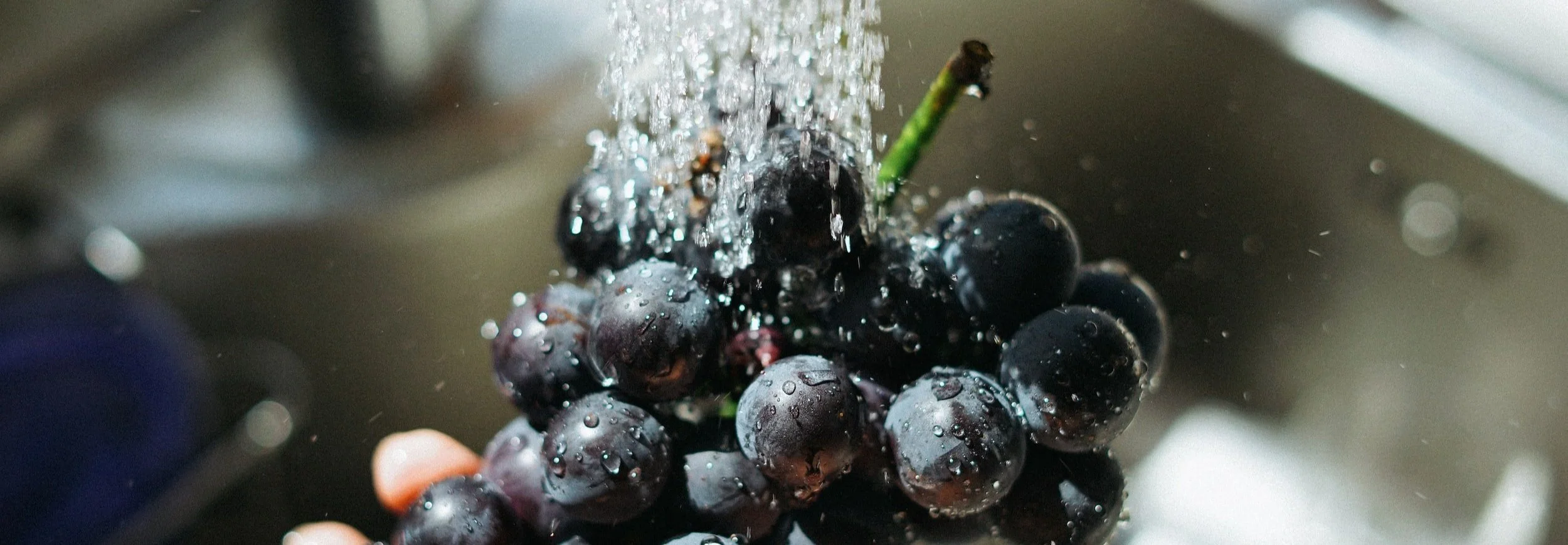How to Properly Clean Your Fruits and Veggies
Discover > Texas Home Cooking > How to Properly Clean Your Fruits and Veggies
From a young age, we are taught the importance of a diet rich in fruits (What wine goes well with fruits?) and vegetables – and for good reason! Fresh produce contains numerous beneficial nutrients that, according to many studies, guard against ailments such as stroke, heart disease and even cancer.
Unfortunately, fresh fruits and vegetables often play host to many harmful germs that can make you and your family ill. The Centers for Disease Control estimates that germs such as Salmonella, E. coli and Listeria are responsible for a large percentage of foodborne illnesses within the United States. Anyone can contract food poisoning, but certain groups are at a significantly higher risk of developing serious illnesses. These include adults aged 65 and over, children younger than five, pregnant individuals, and those who are immunocompromised from complications such as liver, kidney disease, diabetes, and cancer.
The simplest way to avoid foodborne illness is to eat your produce cooked. However, there are several simple steps you can take to safely enjoy your uncooked fruits and veggies.
Tips At The Marketplace
When shopping for fresh produce, try to select foods that are neither bruised nor damaged. Take care to separate fruits and vegetables from raw meat, poultry, and seafood in your shopping bags. If you choose to purchase pre-cut fruits (how long do cut fruits last?) and veggies, select items that are properly refrigerated or frozen.
Tips At Home
Before preparing your produce, wash your hands with soap and warm water. Cleanse and sanitize all kitchen utensils and food prep surfaces, both before and after preparing your fruits and vegetables. This includes areas such as countertops and chopping boards.
Produce should be washed and scrubbed under running water prior to consumption, even if you don’t plan on eating the peel. Germs on the peel or skin may contaminate the interior of the product when you cut into it, so it’s important to clean the surface layer first.
It’s not recommended to wash fruits and vegetables with soap, detergent, or disinfectant products such as bleach. After washing, produce should be dried fully with a clean paper towel, and stored separately from raw animal products such as fish and meat. To further safeguard against possible illness, produce should be refrigerated within two hours of being cut, peeled or cooked – one hour if exposed to temperatures above 90°F, such as in a hot car or at an outdoor picnic. Chill produce at 40°F or colder in a clean, secure container.
To discover local farmers’ markets with the best fresh produce for your dinner table, visit our directory at texasrealfood.com.



